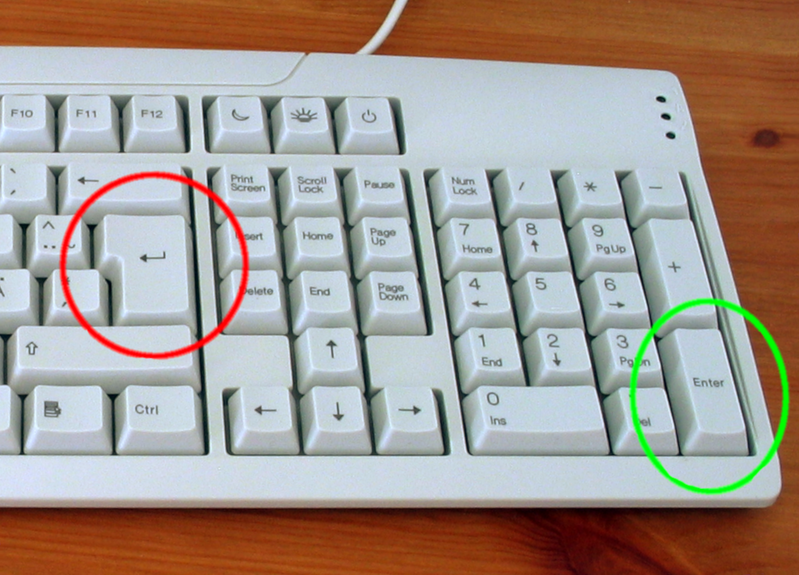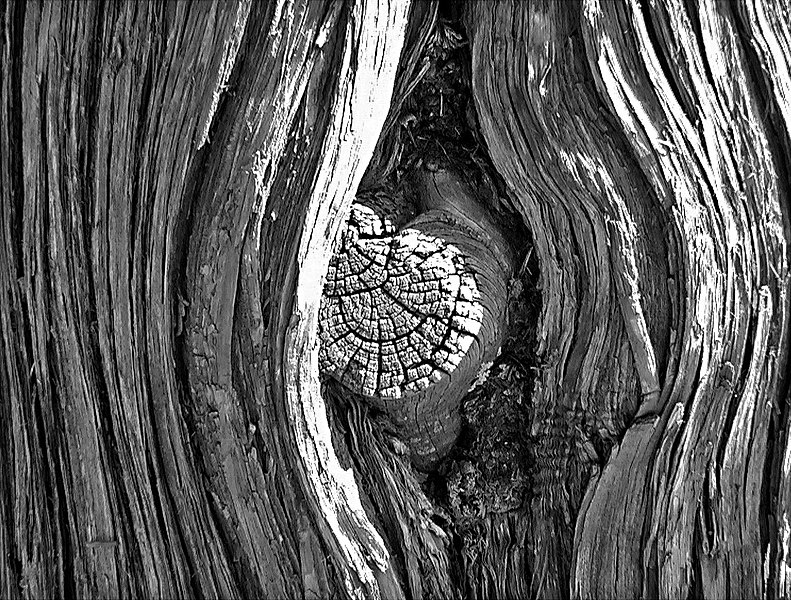 In the final phase of the Anub'arak encounter in the Trial of the Crusader (ToC), healers must heal through a variety of sources of damage, including Penetrating Cold and Leeching Swarm. While the former deals constant damage over time, the latter does more damage the higher players' health levels are! The raid might be interested in knowing the optimal health level the healer(s) can keep the players at.
In the final phase of the Anub'arak encounter in the Trial of the Crusader (ToC), healers must heal through a variety of sources of damage, including Penetrating Cold and Leeching Swarm. While the former deals constant damage over time, the latter does more damage the higher players' health levels are! The raid might be interested in knowing the optimal health level the healer(s) can keep the players at.At the steady-state health level, DPS of Anub'arak against the raid equals the HPS of the healers for the raid. From here, health levels do not tend to move either way; they are stable, and this determines whether the healers can provide enough healing.
Summary:
- Where h is the total HPS, r is the proportion of current health Leeching Swarm does as damage, p is the proportion of players affected by Penetrating Cold at cast and P is the tick size of Penetrating Cold, the steady-state health level H* is H* = 1/r(h - 3/10pP). It is a good idea to incorporate a buffer against the randomness of the damage.
- For Heroic 10-man, the steady-state health level is H* = 5h - 450, and for Normal 25-man, it is H* ~ 10h - 228.
- As long as the steady-state health level is more than zero, the healing the healers provide is sufficient.







